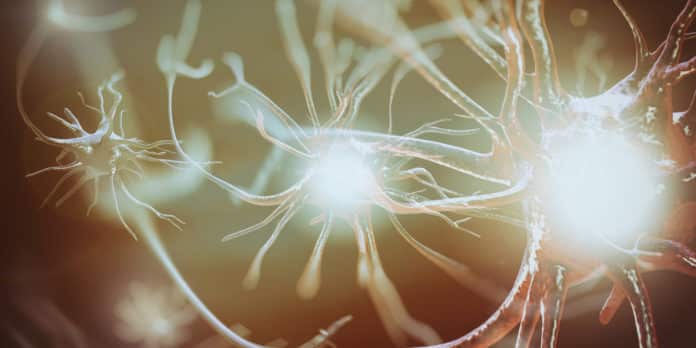cell atlas of tropical parasite may give rise to new cures.
The initial cell atlas of a crucial phase in the life of a tropical disease parasite Schistosoma mansoni has been uncovered by Wellcome Sanger Institute researchers and their collaborators. The parasitic worm causes the disease in hundreds of millions of individuals each year. Their findings and atlas development have been published in the journal Nature Communications on December 18 of this year.
The cell atlas provides a blueprint of distinct cell types of the parasite found in the human host, which round up to 13 in number, including those in the muscular and nervous systems. This elaborate research will give a headstart to the development of vaccines and treatments.
S.mansoni has a complicated life cycle that starts from larval emergence into lakes and rivers from snails’ bodies. Humans who contact this contaminated water will then be colonized by the larvae, which mature into an adult parasite through intra-mammalian developmental transitions. Eggs that the adult parasites lay in human blood vessels move from the body back into the water to proceed with their life cycle. However, eggs that remain in the blood vessels give rise to Schistosomiasis.
Considered as one of the Most Neglected Tropical Diseases by WHO (World Health Organization), Schistosomiasis is a disabling chronic disease that prevents the individual from working, damages organs, and finally causes death. This disease that is prevalent in the sub-Saharan regions of Africa can be treated by only one drug. But the use of this drug is limited, especially in very small children. Resistance development of this drug is also feared if it is overused.
Although scientists had been working towards newer drug targets, there hadn’t been any clear-cut understanding of the organism’s biology.
New study maps cell types.
Single-cell technology is used to create the cell atlas of the tropical disease parasite. This includes all the cell types in the initial intra-mammalian stage. These parasites, in their early-stage, were disintegrated into separate cells that underwent single-cell RNA sequencing. The Wellcome Sanger Institute researchers conducted this and utilized the data to examine genes, and detect and locate cell types.
Cell types that were unknown before this study were identified in the parenchymal and nervous system. Genes in a total of 13 cell types were probed individually by fluorescent probes. Morgridge Institute for Research scientists then utilized this data to pinpoint these cells’ location in the parasite’s body.
Wellcome Sanger Institute’s Dr. Carmen Diaz Soria, the lead author, explained that although recent years have seen fair advancements in S.mansoni’s study, viable vaccine targets remain to be discovered. She revealed the importance of single-cell RNA sequencing that helped them uncover cell types leading to the development of the cell atlas of the tropical disease parasite’s cell atlas.
Seeking to create viable treatments.
Scientists look for similarities between a human host and the affecting parasite for new drug targets. It was found that in terms of evolution, the S.mansoni parasite was closer to us than many other parasites, including the malarial parasite. They hope that certain parts of the organism’s genetic code will reveal these drug targets using differences between its and humans’ genetic code features.
Another lead author from the Morgridge Institute for Research, Dr. Jayhun Lee, explained their finding genes in the organism’s muscular system that affect schistosomes’ development. The muscle allows the parasite to traverse through the host body. Damaging this ability before reproduction could be a treatment strategy as the muscle lies in the parasite and not the host.
The research also studies the ‘filler’ tissue or parenchymal tissue of the organism’s body. This acts as a connection between its tissues and is important for food digestion. Disrupting digestion by affecting these cells is another viable strategy. This was achieved by the development of the cell atlas of the tropical disease parasite.
Wellcome Sanger Institute’s Dr.Matt Berriman, the senior author, said that a comprehensive understanding of a deadly neglected disease such as Schistosomiasis would reveal new shortcomings in the organisms that can be advantageous for treatment strategies. The researchers hope to fuel more research related to the treatment of this disease to prevent and cure the disease in millions of affected people.
Author : Deepthi Prakash



